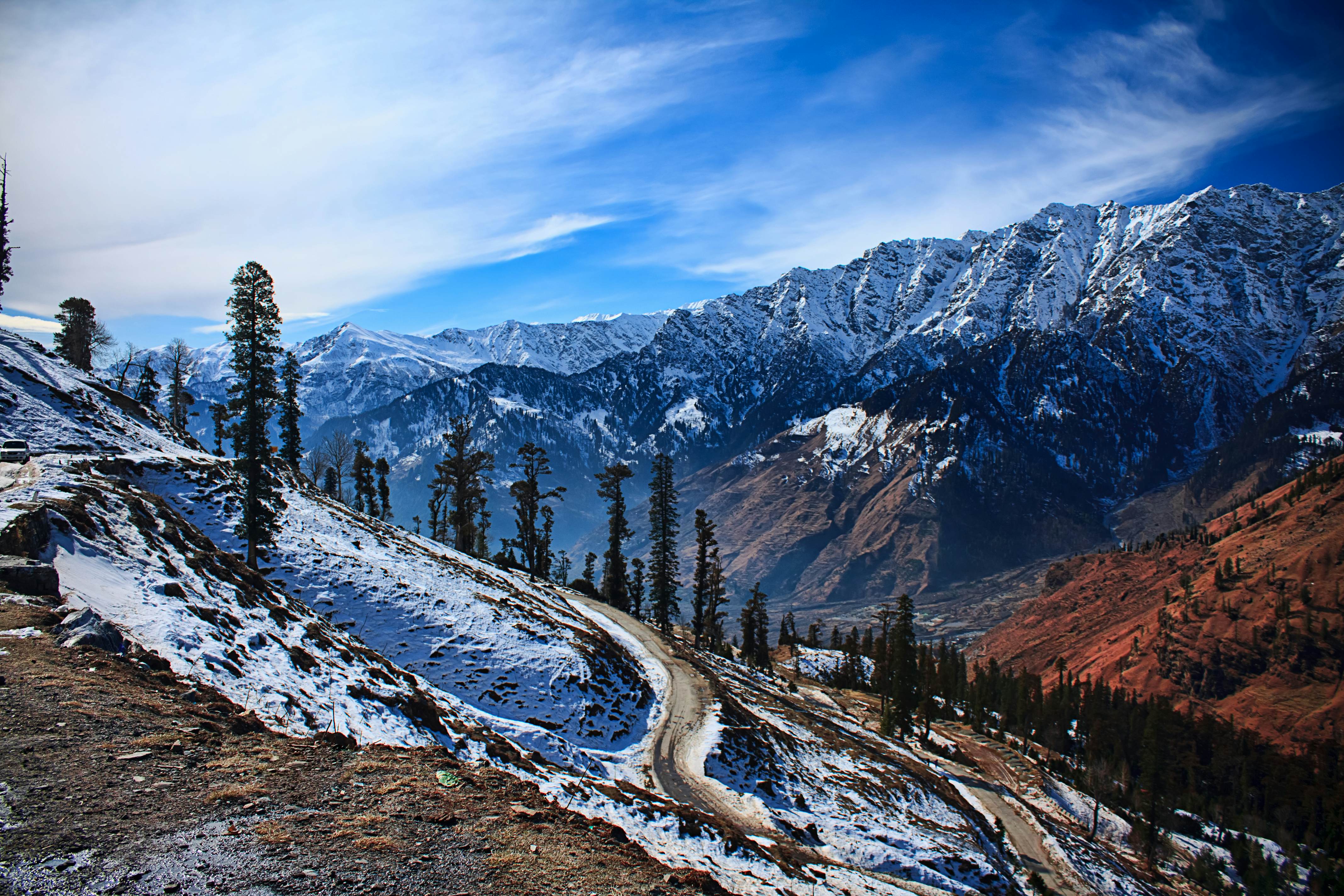KANGRA: You will now not locate anyone right here; they left a closing month,” said Ramesh Chand, approximately other shepherds in his mountain village. At 49, Chand is amongst a handful of men left in Kareri, close to Dharamshala in Himachal Pradesh. The relaxation has activated on a month-long adventure with their flocks of sheep and goats. “They stay in makeshift tents at the mountain, and as soon as the snow begins melting, they will circulate similarly up,” said Chand, pointing to the snow-protected peaks of the strong Dhauladhar levels status tall alongside the jap edge of the village.
Every summer season, the Gaddis, a semi-nomadic network that rears sheep and goats, travel with their herds among the upper reaches of Chamba and Lahaul, looking for grazing pastures and coming down inside the winters. At the same time, it started to snow uphill. “One has to peer the tough terrain that Gaddis plod to trust the diploma of dangers concerned. Sometimes, there may be unexpected, remarkable rainfall or blizzard, and they get trapped. Such incidents get mentioned often,” says senior scientist Brij Lal, formerly with the CSIR-Institute of Himalayan Bioresource Technology, Palampur.

The tribe, well-known for its carpet wool, is on the front line of weather exchange and is suffering to maintain its conventional livelihood. As of 2011, the nation had 178,000 Gaddi pastoralists. Ines within the tree line, snow line, and pastoral grounds have impacted the conventional seasonal migration path. With the temperature growing below 1.6°C in the north-western Himalayan place over the past century, indigenous tribes have moved higher up, which has only heightened the risks. According to the kingdom’s action plan on weather change, global warming in Himachal Pradesh leads to erratic rainfall, shifts in snowline, and intense weather occasions. However, some areas could see a boom in precipitation intensity coupled with storms.
“People have stopped rearing sheep. As a result, the grasslands have withered,” said Chand. “Neither are our kids inclined to take this up anymore. So, we have all started to hire workers to take the farm animals for grazing,” he said. The common temperature within the state has been growing throughout seasons and, under the most likely scenario, will probably increase by three °C by 2100. Rising temperatures may enhance the first-rate grass and lengthen the grazing season. However, these, in all likelihood, benefits are already being offset by using different challenges. Pests and illnesses amongst farm animals have grown, affecting the quality of wool the shepherds produce.
Disease-inflicting organisms residing in an environment of low mean temperature might also witness extended improvement even if there is a small growth in temperature, reducing animal productivity and probable main increase in animal mortality. Some may additionally adapt to modifications in temperature by changing the geographical distribution. “The ecology is shifting upwards. Foot and mouth disorders have emerged as pretty common in some animals. It appears in Una, a low-mendacity metropolis bordering Punjab, wherein the temperature is 28-29°C in March. However, as the Gaddis attain better altitudes, in which temperatures are 28-30°C at some stage in that period, the host of the sickness shifts consequently,” said Ranbir Singh Rana, most important scientist Himachal Pradesh Agricultural University (HPAU), Palampur.
Studies show that the temperature-humidity index (THI), a measure of warmth strain faced by animals, is projected to push upward in many parts of the state. “Livestock has emerged as extra vulnerable to lice and ticks,” said Rana. The temperature growth has additionally exacerbated the weed problem within the hills, as a few heat seasons have caused weeds to spread to better altitudes. “The pastures are no longer easy. There is unwanted grass, which compels the Gaddis to head better up,” he stated. Agriculture and cattle retaining are among the most climate-sensitive financial sectors. The latest document by way of the Nepal-based totally International Centre for Integrated Mountain Development (ICIMOD) additionally highlighted how constrained resources and fragility of surroundings render the hill tribes more susceptible to weather variations, and the chance of them falling into poverty is much better than within the lowlands.
A recent document using the United Nations Food and Agriculture Organization (FAO) also highlighted that the global pasture area has begun to decline in the remaining 20 years. The project has led the state authorities to draw up a ₹250 crore program for talent improvement for groups, focusing on biodiversity conservation and climate trade. “The concept is to train human beings on the way to adapt and control those pastures for maintaining their livelihood and develop their skills to shield the panorama,” said Suresh C. Attri, the foremost scientific officer inside the department of surroundings, technology, and technology, Himachal Pradesh. With one of the oldest indigenous communities of the nation beginning to abandon its traditional livelihood, it could no longer be unexpected if wool-making disappears from this part of the hills. “Those who continue are the ones who have already crossed the high in their existence. The more youthful ones are difficult to find,” stated Rana.




